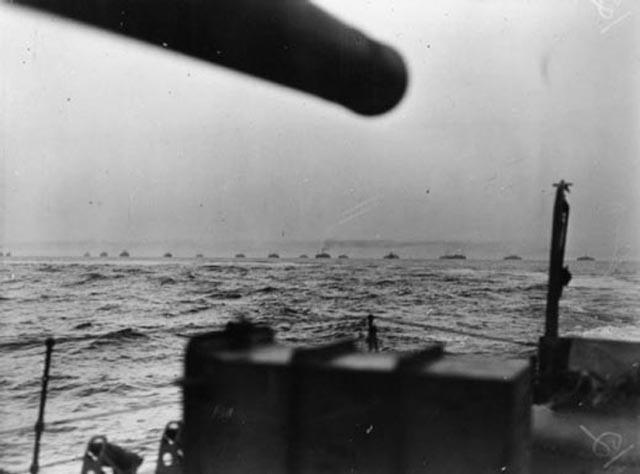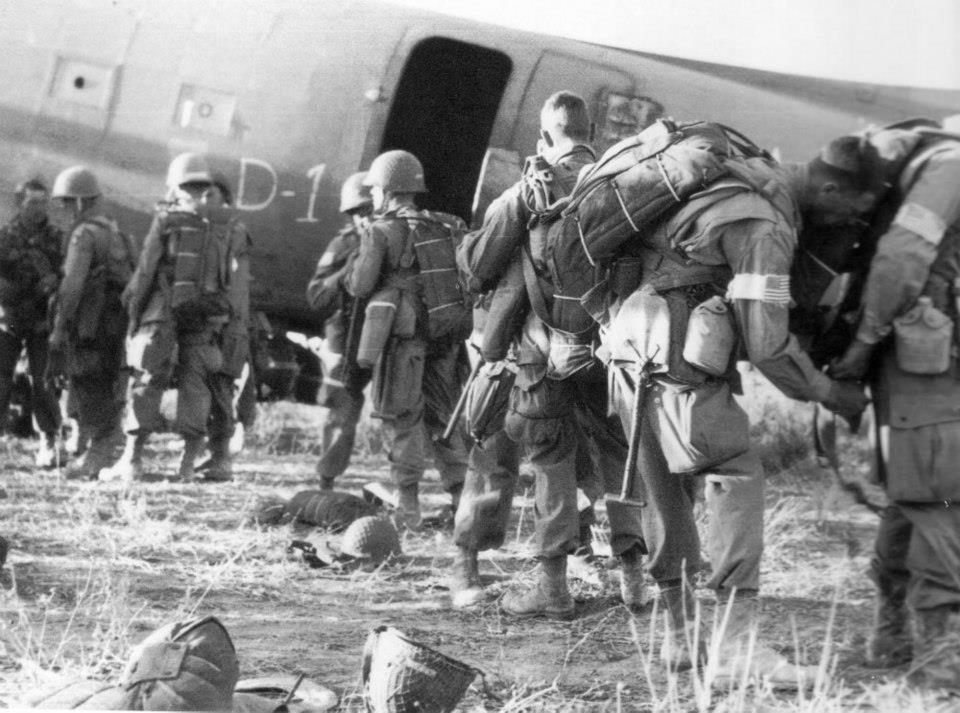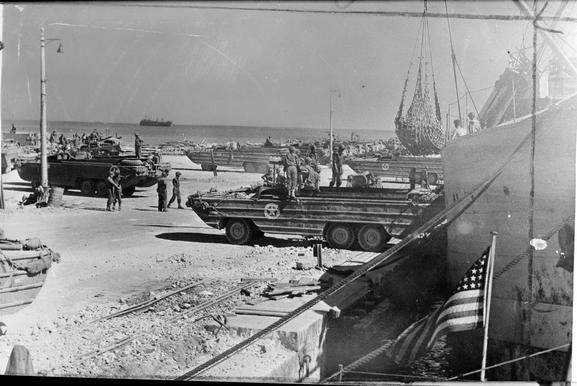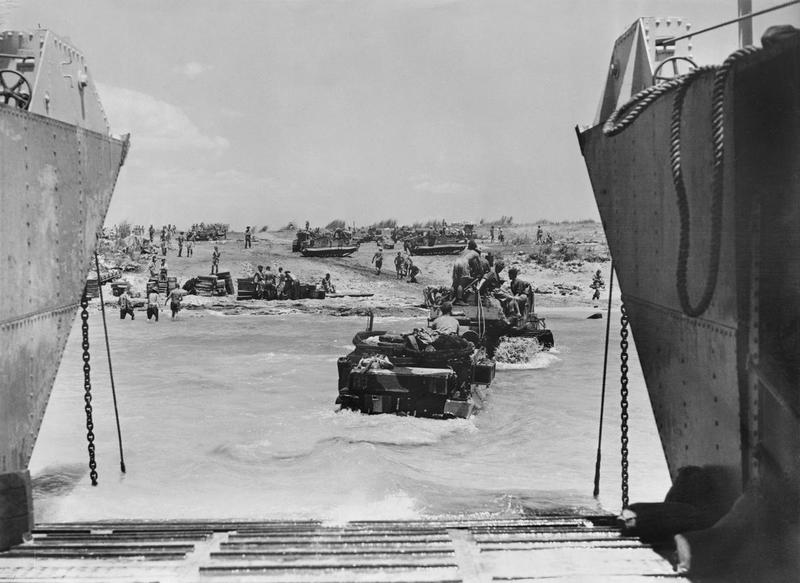Air Operations, CBI
BURMA- 341st Medium Bomb Group B-25s attack a rail bridge spanning the Mu River.
Air Operations, Crete
IX Bomber Command B-24s attack the Maleme Airdrome.
[Air Operations, East Indies
V Bomber Command B-25s attack the Cape Chater and Dili airfields on Timor.
[Air Operations, Europe
In East Grinstead, Sussex a Luftwaffe plane bombs Whitehall Cinema killing 235 people.
RAF BOMBER COMMANDEvening Ops:
- 418 aircraft are sent to Gelsenkirchen. In this total are 218 Lancasters, 190 Halifaxes and 10 Mosquitos.
- The raid is unsuccessful as 5 of the Mosquitos have Oboe equipment failure and a sixth drops skymarkers in error 10 miles north of the target.
- 7 Halifaxes and 5 Lancasters are lost.
- 4 Mosquitos are sent to Nordstern and 18 aircraft lay mines in the Frisians and off Texel.
- There are no losses.
Air Operations, Mediterranean
B-24s destroy the Axis General Headquarters at Taormina, Sicily.
[Air Operations, New Guinea
V Bomber Command B-25s attack Japanese Army ground troops at several locations.
[Air Operations, Sicily
- Throughout the day, NAAF and 9th Air Force bombers and fighters attack numerous targets, especially airdromes, throughout Sicily.
- In a special last-minute reaction to late-breaking intelligence, 18 IX Bomber Command B-24s successfully mount a low-level attack against a hotel at Taormina that is thought to house the main headquarters overseeing all German forces in Sicily.
- P-40s ot the 324th Fighter Group's 316th Fighter Squadron engaged by Bf-109s over the Castelvetrano Airdrome during a morning mission receive credit for 5 confirmed victories and 5 probables.
- In other morning action, a 14th Fighter Group P-38 downs 1 Bf-109 near Sciacca Airdrome, and a 324th Fighter Group P-40 downs 4 Bf-109s over Trapani/Milo Airdrome.
Air Operations, Solomons
- 18 US Marine Corps SBDs attack Japanese ground defenses at Bairoko Harbor, New Georgia.
- 42nd Medium Bomb Group B-25s and AirSols fighters fail to locate Japanese Army troops in transit near Vella Lavella, so they strafe several island camps and a beached Japanese destroyer.
- 1 P-39 with the 347th Fighter Groupís 68th Fighter Squadron downs an A6M Zero over Rendova harbor at 1425 hours. VF-11 F4Fs down 3 A6M Zeros over Rendova at 1440 hours.
Battle of the Atlantic
- U-435 is sunk by Wellington 'R' of No 179 Squadron RAF. The aircraft spotted the submarine fully surfaced and dropped four depth charges straddling the U-boat. Violent explosions blew debriw into the air. The U-boat then rolled over on to her beam ends and sank.
- Naval land-based aircraft (VP-94) sink the German submarine U-590 near the mouth of the Amazon River, Brazil. [
|
|
Eastern Front
The vicious attrition at Kursk continues. The Germans are becoming more and more bogged down in local encircling operations against stubborn strongpoints and, at the same time, having to fight off increasing Soviet tank forces which are beginning to arrive. The Russians launch a counterattack in the area of Oboyan, south of Kursk, in the southern part of the salient, and bring the German advance to a halt here too. The Russian press speaks of the 'slaughter of Germans' and compares the battle with the historic Battle of Kulikovo, in which Prince Dmitri Donskoi saved his country by defeating the Tartars in 1380. According to Russian sources the Germans have lost nearly 2,000 tanks since July 5.
CENTRAL SECTOROn the northern flank of the Kursk salient, the German 508th Grenadier Regt, supported by 6 Ferdinands, attacks Hill 253.3 and takes it. However, it cannot advance any further. The offensive in this sector of the front is effectively stalled. In the south, the XLVIII Panzer Corps advanced toward Novoselovka, which is defended by the III Mechanized Corps adn the 67th Guards Rifle Div. Verkhopen'e is taken during the morning. The Germans advance to Point 244.8, but such is the ferocity of Red Army resistance that the strength of the corps is severly sapped. The II SS Panzer Corps has more success, reaching the Psel River and capturing the village of Krasni Oktiabr. The fall of Krasni Oktiabr signifies the braching of the last defensive barrier in front of Kursk. The Psel River is bridged and the Germans now have the opportunity to wheel northward into the Soviet rear. The Leibstandarte, having linked up with the 11th Panzer Div, crosses the Solotinka River but is then held on the outskirts of Kochetovka by the Soviet X Tank Corps. The 6th Panzer Div regroups near Melikhovo as the 7th Panzer and 19th Panzer Divs hold their ground east to the Northern Donets.[MORE]
[Indian Ocean
The US freighter Samuel Heintzelman, en route from Fremantle, Australia to Colombo, Ceylon, is torpedoed and sunk by U-511 with the loss of all on board: 42 crewmen, 27 Armed Guard sailors and 6 passengers.
[New Georgia
There is only one marine raider battalion on New Georgia. A marine raider battalion attacks Japanese defenses at Enogai after an airstrike. The battle is halted by the onset of darkness.
After a heavy and continuous bombardment by naval gunfire, artillery, and aircraft, an intended major assault by the 172nd and 169th Infantry Regiments, 43rd Infantry Division, is delayed. When it is conducted, it advances only a few hundred yards along the Munda Trail before halting in a confused and frightened mass without having encountered the enemy in force.
[Sicily
The Allied landing force for Operation HUSKY sails from harbors in Tunisia and is being concentrated around Malta but the bad weather is proving troublesome. The defense of Sicily is entrusted to Gen Alfredo Guzzoni's Italian 6th Army. He has about 240,000 men, of whom a quarter are German. The Italian troops are all demoralized and poorly equipped, and many are tied down to fixed coastal defenses. The Allies have about 1,200 transports and 2,000 landing craft which will land elements of 8 divisions, more than on D-Day. By the third day 150,000 will be ashore and eventually 480,000, of whom slightly more than half will be British, will be landed. Gen Eisenhower is the Supreme Commander and his deputy, Gen Sir Harold Alexander, will lead 15th Army Group. This is composed of Patton's 7th Army and Montgomery's 8th Army. The naval commander is Adm Andrew Cunningham with Adms Sir Bertram Ramsay and H. Kent Hewitt controlling the British and American landings respictively. Arthur Tedder commands the Allied air forces which provide 3,700 aircraft for direct supporting operations.
The Allies have mounted a considerable deception operation pointing both to Greece and Sardinia (see April 30, 1943 for one famous incident). This has been fairly successful. Hitler believes that Sardinia will be the target and has moved an airborne corps to the south of France to guard against this as well as taking precautions in Greece. Mussolini correctly expects that Sicily will be next but he is reluctant to call for the German help necessary to strengthen the defenses there.
During the night airborne troops, the British 1st Airborne Div and the US 82nd Airborne Div, are dropped on the southeast coast of the island, where the Allied landing is due to take place. A gusty wind, sometimes reaching Force 7, poor visibility and lack of previous experience in night drops make this first attempt at an airborne attack practically useless. The 3,400 paratroopers of the 82nd Airborne Div under the American Col James Gavin are scattered over a vast area. They are dropped between 30 and 50 miles away from the airfields they are intended to neutralize and their intervention is of little or no value.
|
|
|
|
Solomons
Supported by artillery and naval guns as well as by the air force, the Americans on New Georgia begin a formal full-scale attack toward Munda from the Barike River line. The regiment attacking inland succeeds in advancing more than half a mile, but the one on the coast makes no progress worth mentioning. A third battalion approaching Munda from Triri is held up by the Japanese at Enogai Point. The Japanese defend fiercely, however, and only a small advance is made. The Americans send reinforcements to Rendova and the Japanese 1,200 men to Kolombangara from the Shortland Islands.
[


